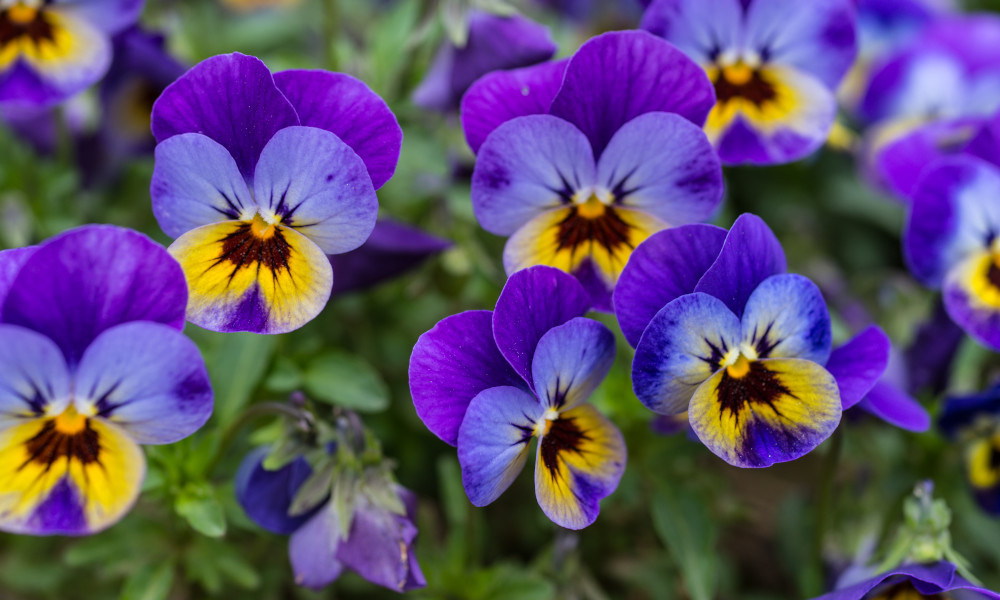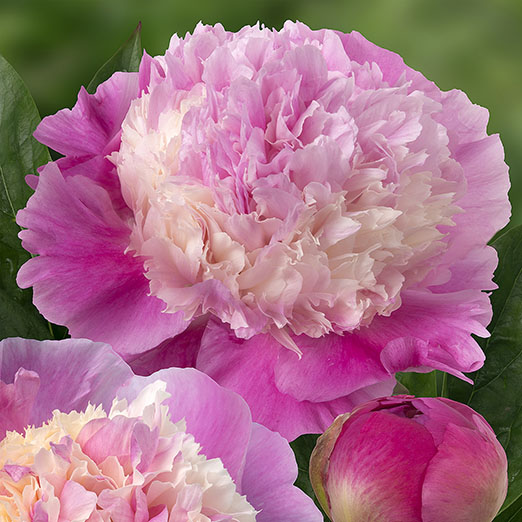Gardening Jobs for September


by Bryony
Read more from this writer
September is the month that resonates for most of us as the end of summer. Schools are back and the holidays are over, but this is by no means is the end of enjoyment of the garden. As the light in the evenings, the flowers in the garden and the days all feel that bit richer and more golden before summer slips away to autumn.
Colour
Often the month of September is a riot of colour from so many flowers, especially those which originally hail from places close to the equator.
There are dahlias, cosmos and zinnias to name a few; all of these will last for as long as the nights stay frost free providing they are continuously dead headed. This ensures that the energy will go into producing more flowers until the point when the weather turns and you want your plants to produce seed heads, either for autumn interest or to store for sowing in the spring. Bear in mind to not just take off the seed head but to cut back to the next side shoot. With dahlias it is also worth noting the important difference between buds and spent heads: if the bud looks round then it is a flower; if it is pointed at the end then it is a spent flower or a deformed bud – remove the latter to make sure energy goes to making more flowers.
Saving seed from plants such as Cosmos on the other hand is very easy; remove all the petals and sepals from a spent flower, separate the seeds and store in a paper envelope – remembering to label it!




Bulbs
There are also spring bulbs (other than alliums and tulips) which can be planted in September to allow their root systems to develop before winter. In the main these bulbs need free draining soil, in particular the early irises. If you have clay soil then it would be worth putting them in a pot with free draining compost, alternatively peat free multi-purpose compost mixed with horticultural grit will do the job. The good news however for those of us with heavy, clay soil is that spring bulbs such as fritillaries and snowdrops will be absolutely fine in this ground and can be planted now.
Harvesting & Cutting
For those of us that grow our own fruit and vegetables, September is a time for the bumper harvest - squashes and pumpkins, beans and tomatoes will all be at their best in September. Fruit trees also begin to produce in September and what is nicer than plucking an apple straight from the tree? Some varieties of apples and pears can be stored surprisingly well for a long time providing that they are in perfect condition when they go into storage and are checked for health occasionally during storage. Plums and other stone fruits do not store well but do enjoy finding other ways to preserve them – bottled fruit, frozen fruit, fruit leathers or, even, plum jam on toast – delicious!
September is also a great time to take cuttings from some of your favourite perennials. These are a good way to make more of your most beloved plant as they are essentially a clone of the parent plant. As an example, taking a cutting of a rose is the only way to ensure you get an exact replica. At this time of year semi-ripe cuttings are the ones to take, they also have a higher success rate than softwood cuttings in most cases. A semi ripe cutting will have new growth at the top (green and supple) whereas the bottom will be woody. Very importantly, before you cut anything, make sure you have a plastic bag or tub of water and a clean, sharp pair of secateurs to hand. The main aim here is minimise the amount of moisture loss and the sharper the tools the more likely roots will form. Choose a healthy stem which has had no flowers and cut cleanly. Strip off most of the foliage and side shoots so only the top few leaves are left. Ensure the cutting is about 4 inches long, dip it in rooting powder or gel and bury it in gritty compost at the edge of the pot. Water well then place somewhere warm with plenty of natural light. You will know if the cutting has taken when new top growth begins to emerge, or roots can be seen through the bottom of the pot. Once a good network of roots has been established in the smaller pot, it will be time to pot on ready to plant out into the garden the following spring or summer.
Now is also the time to cut garden hedges. Most garden birds will have left their nests by now so it should be safe to cut but it is worth just checking first as in some summers birds can find an opportunity for a late or second clutch of eggs. Cutting hedges, like a getting a haircut, is a question of personal taste in terms of height and width but it is you should always slightly taper it, so the bottom of the hedge is wider than the top. This will ensure that light reaches the bottom of the hedge to prevent it from looking sparse and prevent collapse from a top-heavy hedge.
Prepare Annuals
Another rewarding idea for September is to plant up some containers for autumn interest. Depending on the size of the pot chose 3-5 different plants, things like chrysanthemums, heuchera and cyclamen bring nice colour while small conifers widely available at this time of year give good height and greenery. There are many varieties and species to choose from and, once they have outgrown the pot, they can always be transplanted into the borders for added interest.
Now is also the time to plan and prepare your hardy annuals for next year - some can be direct sown (like cornflowers and Ammi major) whereas annuals such as Cerinthe and sweet peas will need to be kept under cover for the winter so are better pot sown. This is a good job to do before you plant any spring flowering bedding. For those who need a time or space-saving solution, grow our Wall flowers (Erysimum), cheiranthus forget-me-nots, pansies and violas all provide good colour to see you through the colder months of winter and spring.




Prepare Houseplants & Plant Trees
If you have used any house plants in the garden this year (spider plants and snake plants love to sunbathe outside in our British summers) then now is the time to bring them back into the house. It is not necessarily too cold in September although light levels are starting to diminish and the combination of wetter weather, cooler nights and dimmer sunlight mean that bringing them back inside to enjoy is best.
Finally, this is probably the best month of the year to plant evergreens and trees. This should give them sufficient time to establish their root system and benefit from the autumnal rain before their new growth starts in the spring.




